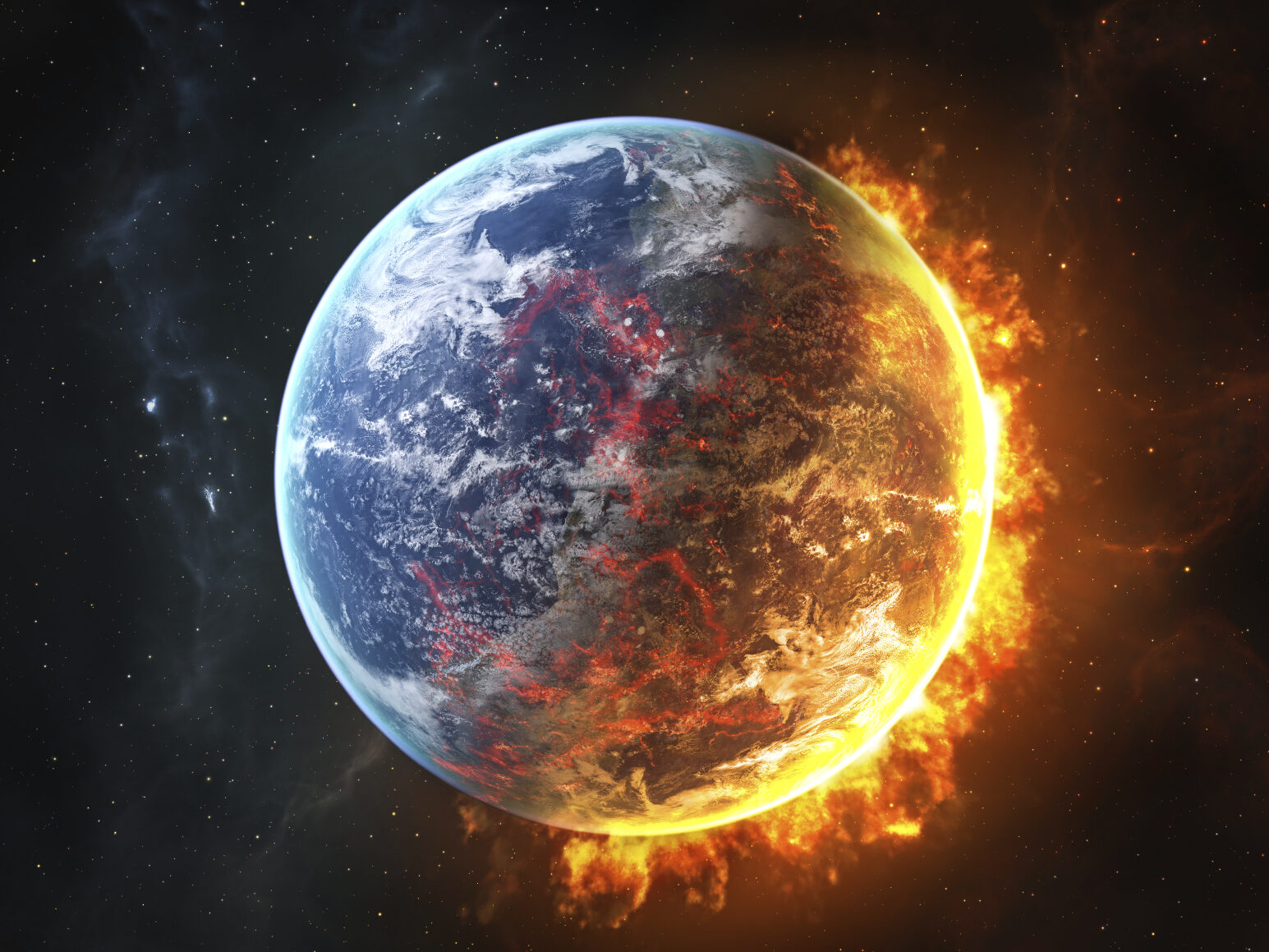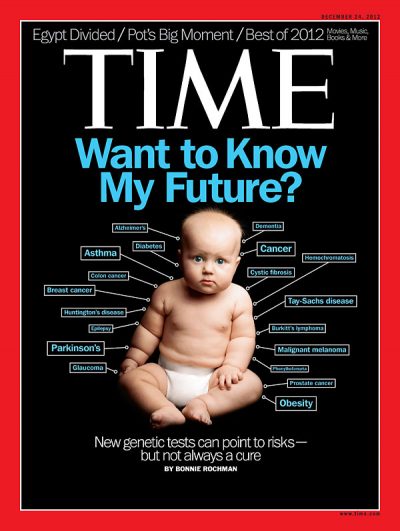While the main focus of Horizon is the tense drama that plays out between the crew in the cramped confines of the ship, a lot of the grunt work in good science fiction goes into imagining the world of the future and how future events shape characters and create a believable background.
The explorer ship Magellan takes off on its mission between sixty and eighty years from now and the ‘in-flight’ time is fifty-five years (from our perspective). I’ve been deliberately vague with the starting point of the timeline in case actual historical events trip me up. But the world of 2075 (assuming we are all still here) has been mapped out to some extent already.
Certainly, unless certain intransigent governments come to their senses, we will be facing a climate disaster by then. The UN predicts we will reach a population of 9.1 billion by 2050, with population peaking in 2070 at 9.4 billion, and the great majority of those extra billions will be born into the poorest nations. Food security will be a major issue as the planet struggles to feed those billions. In today’s world, already over a billion people are going hungry.
In the short- and medium-term, the problems we see emerging in the Middle East following the Arab Spring look set to continue. Ethnic tensions are also leading to fracturing borders across Europe and elsewhere. It is a tense time for the world right now and our geopolitical map is in flux. And yet we are also witnessing amazing advances in all areas of science.
So here are the elements I have to play with: climate change and environmental degradation, population growth and impact on infrastructure, racial tensions and war, technological development and advances — I took all these factors and pieced together a future history that maps out key events in the fifty or so years leading up to the point when Magellan launches from Earth on its mission of exploration:
| No. of years before wake-up near Iota Pesei | Event |
| 110 | Nuclear bombardment of selected targets in the Middle East and Asia by the United States of America, Australia, and the United Kingdom. |
| 109 | War on Terror officially declared ‘at an end’. |
| 107 | Compact of Asian Peoples formed. Compact petitions for UN membership. United States of America exercises its veto. |
| 104 | Pro-EU factions win UK government in landslide election. |
| 96 | Significant shrinkage of polar icecaps recorded for the fifteenth successive year. Effect of rising sea levels felt worldwide. |
| 94 | Fuel-cell boom sees formation of the Union of Northern States to protect sensitive patents. |
| 94 | Kyoto III finally ratified. |
| 93 | Compact coalition cuts all trade ties with Australia. |
| 90 | EU governments consolidated under a single body. |
| 88 | Hurricane Ivan lays waste to the eastern seaboard of United States of America and a large part of Central America. |
| 87 | United States and Australian governments ratify creation of Pax Americana, effectively merging the two countries into a consolidated trade, defence and diplomatic entity. The wastelands from Florida to Pennsylvania are officially excluded from the Pax. |
| 85 | The first fully fledged Pax election sees an increase in pro-Green elected candidates as a result of increasing environmental degradation and the legacy of Hurricane Ivan. |
| 84 | Pax Americana vetoes the Compact’s petition for UN membership. |
| 79 | To meet its Kyoto III targets, Pax Americana switches exclusively to fuel-cell technology for all public and an increasing percentage of private power utilisation. |
| 78 | The Pax oversees a massive retooling and retraining effort to gear its industries for the new information economy. The need for a larger skilled workforce prompts employment lotteries in the marginal eastern seaboard colonies. Thousands of former USA citizens are resettled in the Pax. |
| 74 | The Union of Northern States develops second-generation fuel-cell technology, halving cost and mass and doubling output of the new cells. |
| 72 | The Pax economy takes off on the crest of the fuel-cell revolution and the rebirth of Silicon Valley. |
| 66 | First bio-jack experiments yield amazing results in quadriplegic subjects. |
| 64 | The UNS uses its voting block to force Pax Americana to approve the Compact’s petition for UN member status. Compact granted member status of United Nations. |
| 63 | Pax American Space Administration (PASA) formed, with its headquarters at Woomera, Australia. Near-Earth asteroid mining commences. Limited trial and use of deepsleep for asteroid-belt mining sorties. |
| 63 | UN aid program to the Compact finds health infrastructure is ‘primitive’ and in need of immediate assistance. Pax, UNS and EU pledge six billion U-dollars to build and equip fifteen hospitals and train over three hundred doctors. |
| 61 | EU scientist Earnhard Godel develops the picopulse black-box propulsion system. Wins Nobel Prize. |
| 60 | Environmental studies conclude that the depletion of the ozone layer has halted. |
| 60 | PASA announces the Explorer Ship program. International Space Station brought out of mothballs to coordinate the search for a target star. |
| 57 | Testing of Magellan prototype explorer ship complete. Crew selection includes Pax, EU and UNS members; however, the UNS representative is injured in training. The Pax government requests a replacement and UNS suggests a Compact citizen. |
| 55 | Magellan launches from Earth orbit. |
Of course, the fact that the crew comprises members of the Pax Americana, the Compact and the European Union, means they are all heavily invested in this future history and moulded by the climactic events that took place in the decades before launch. But the world has not stood still while they’ve slept on the way to Horizon, and there’s a whole swathe of future history they need to catch up on when they wake, not all of which will be to everyone’s liking.


